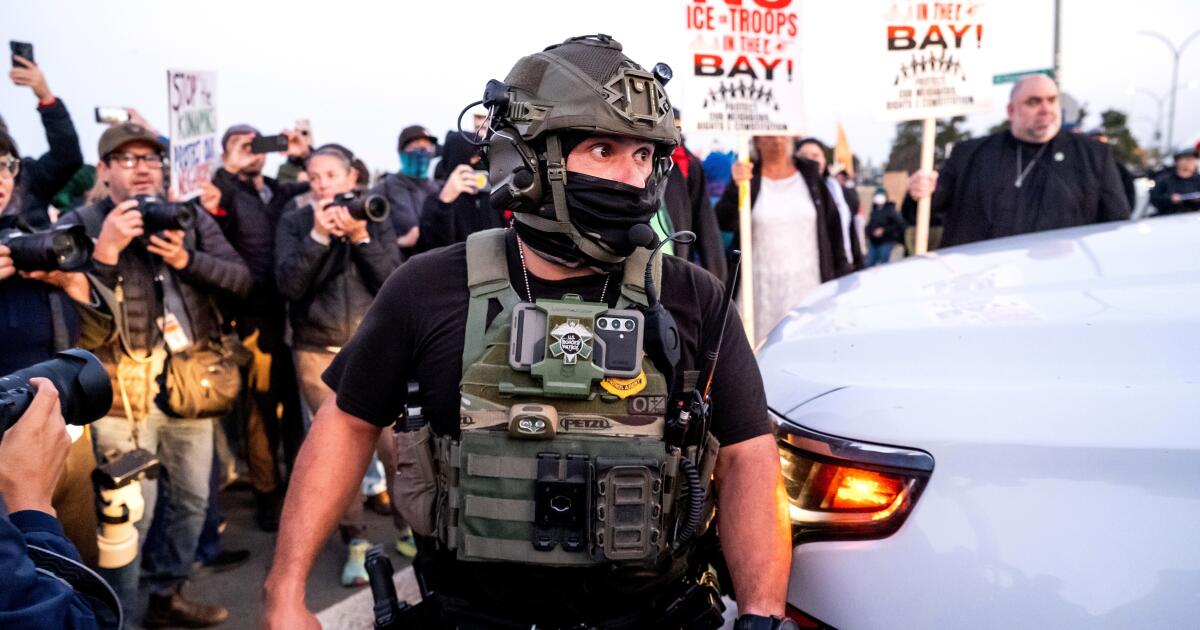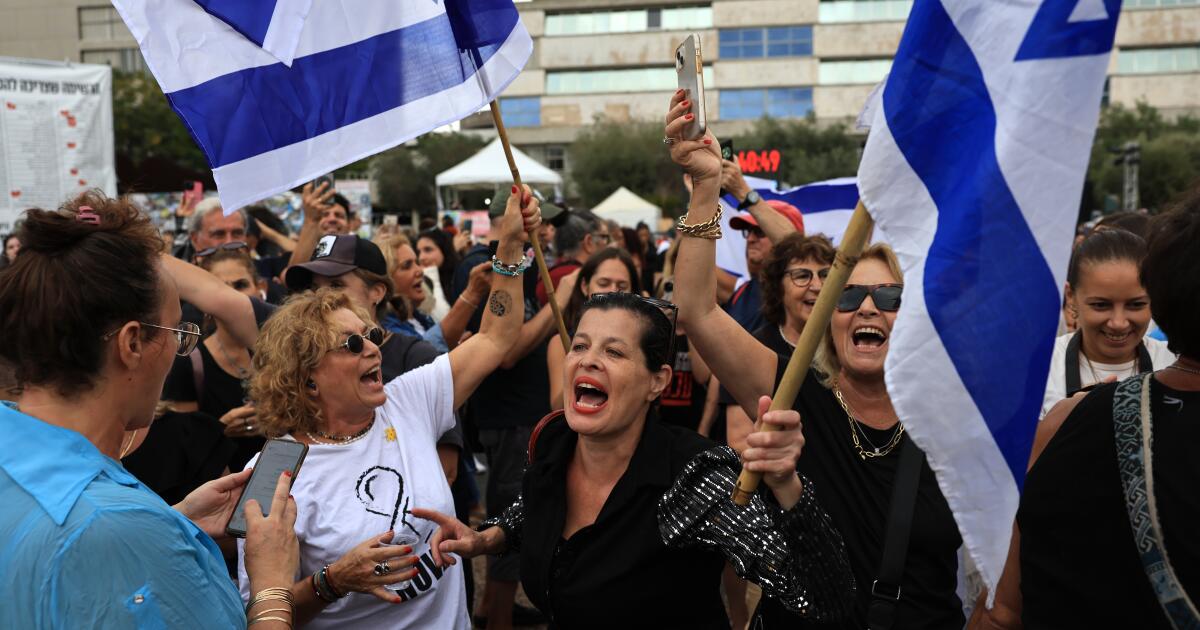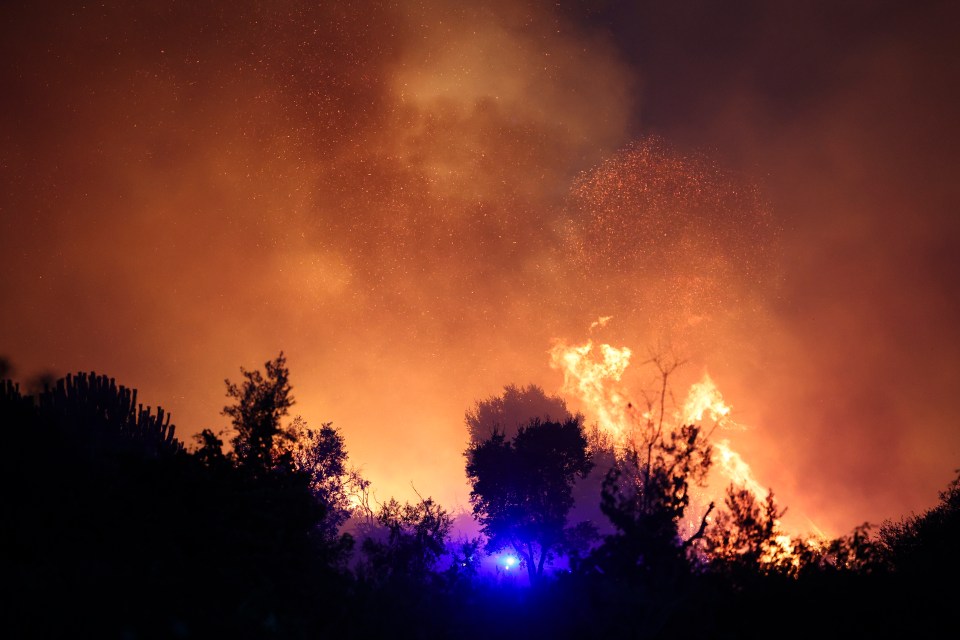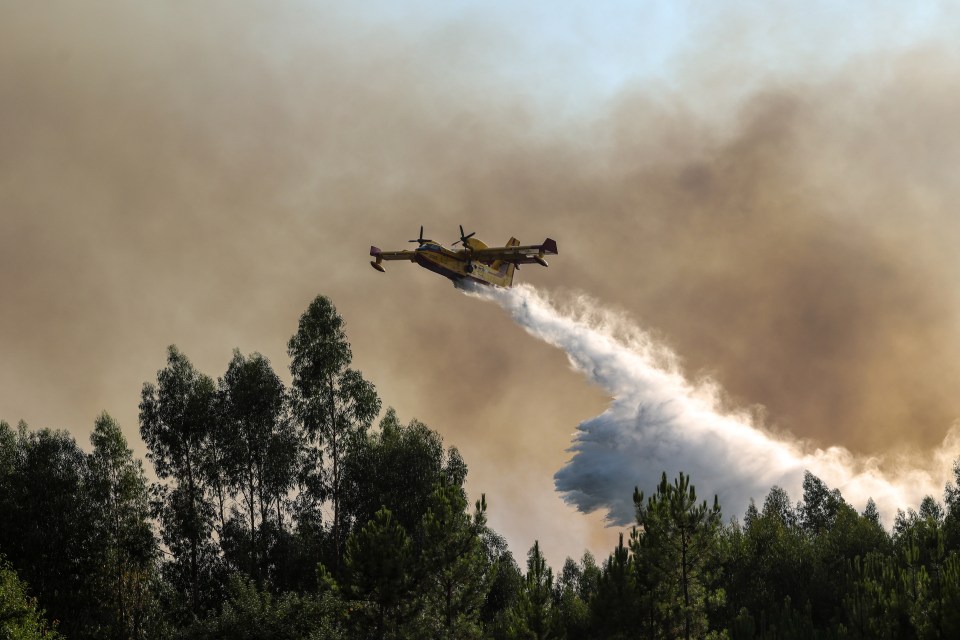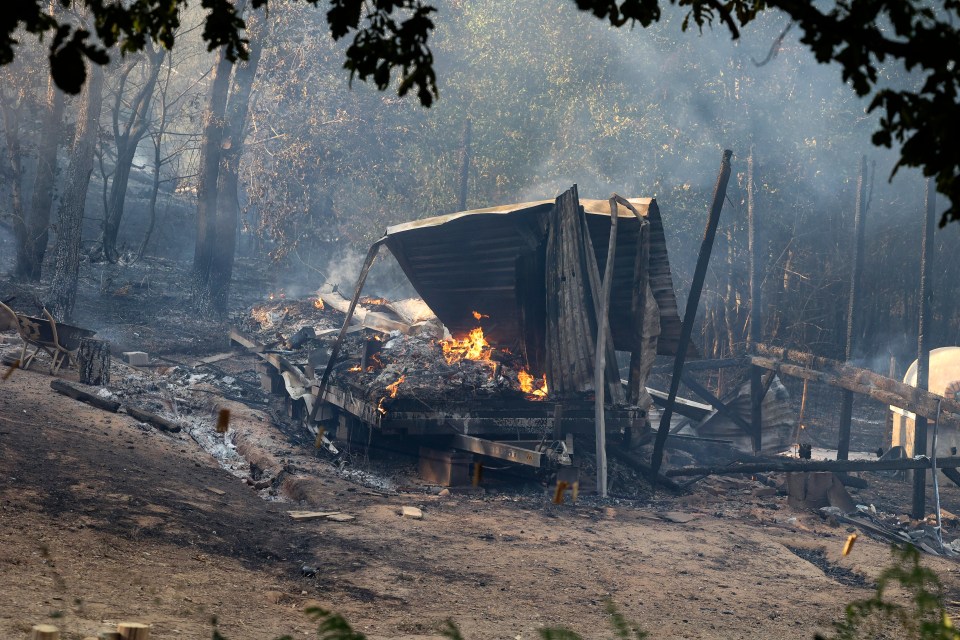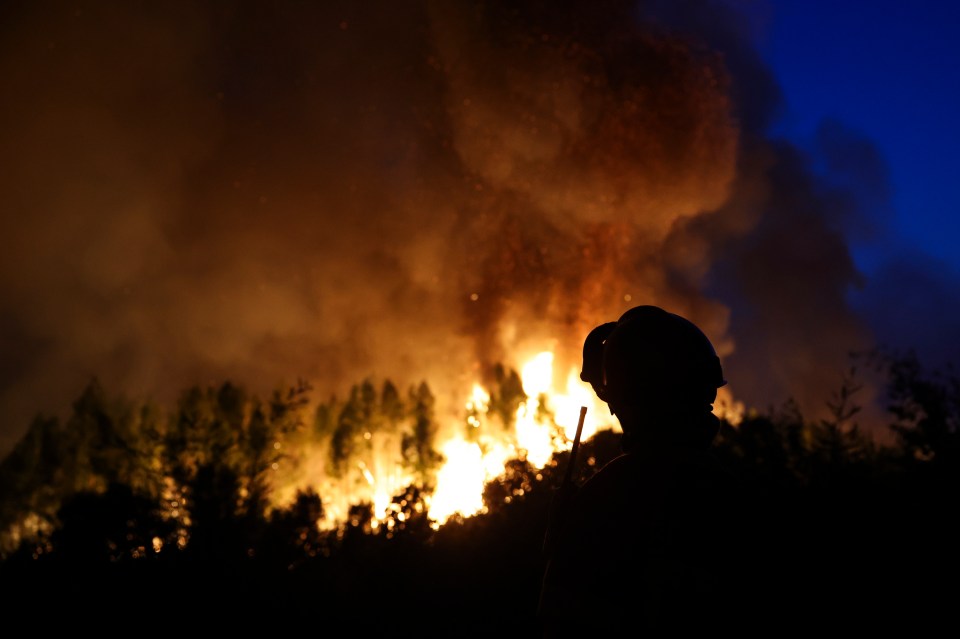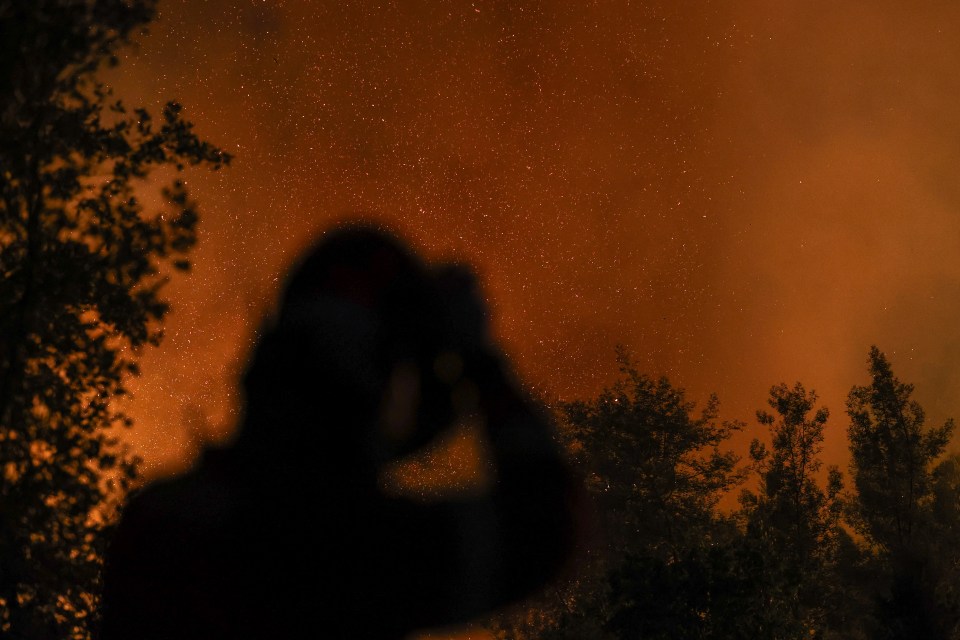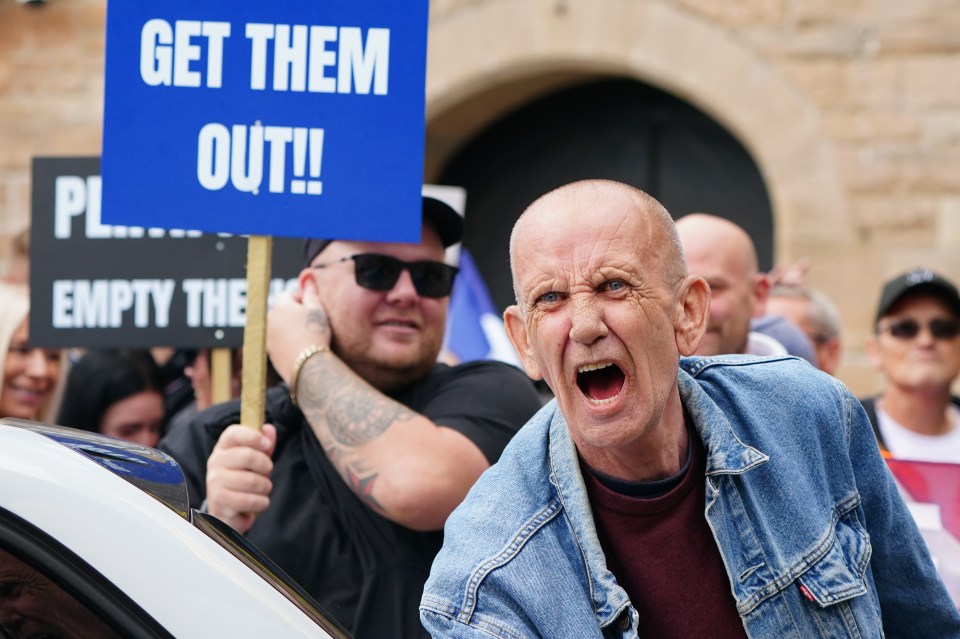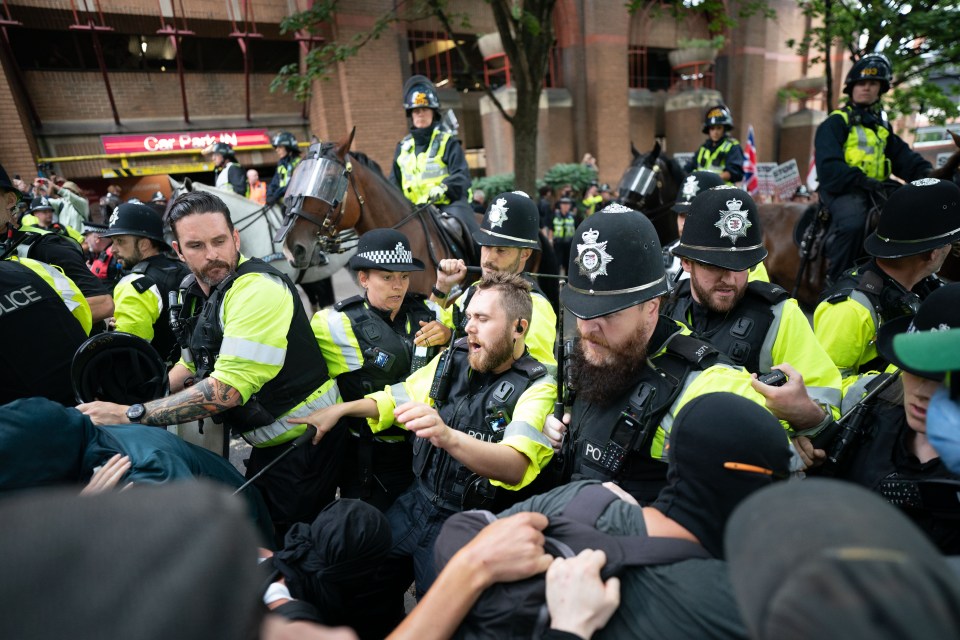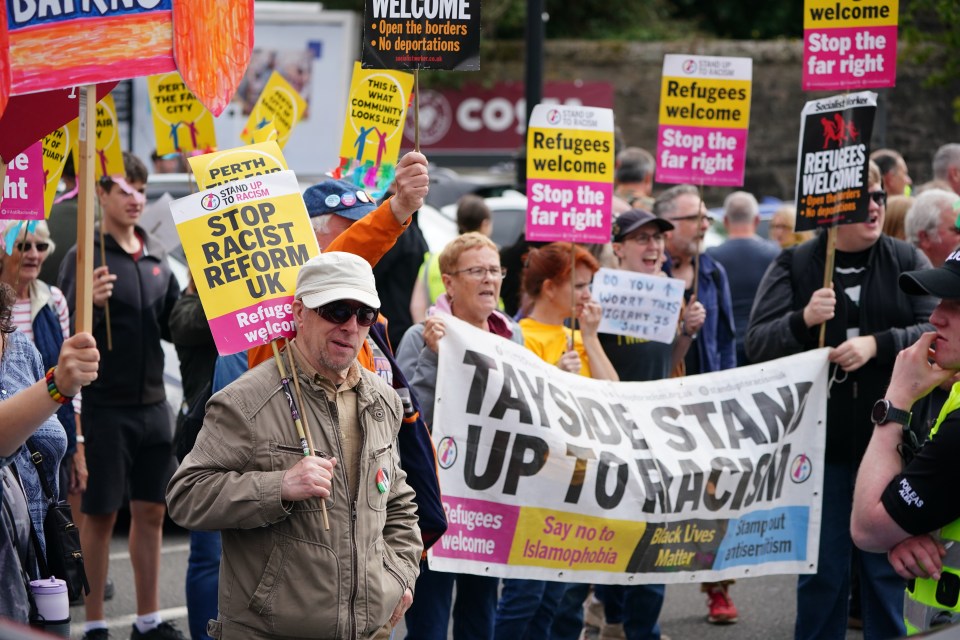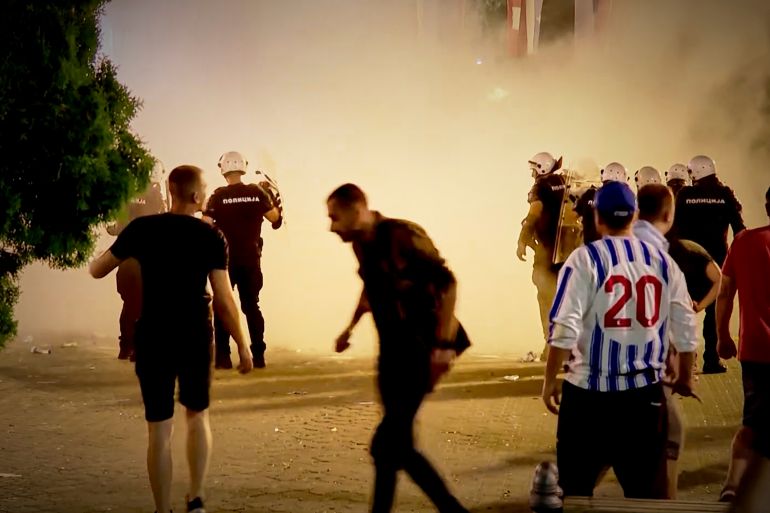Trump calls off San Francisco ‘surge,’ but East Bay braces for action as protests erupt
OAKLAND — President Trump said Thursday that he had called off a planned federal “surge” into San Francisco after speaking with Mayor Daniel Lurie and other city leaders — a detente that officials and activists in the East Bay said they were not welcomed into and viewed with some suspicion, as potentially enlarging the target on their own communities.
Trump’s announcement came amid protests at the entrance to the U.S. Coast Guard base across the bay in Alameda County, where the Department of Homeland Security has begun staging additional forces. It followed a similar announcement by Lurie, who said he had told Trump during a phone call late Wednesday that San Francisco is “on the rise” and that “having the military and militarized immigration enforcement in our city will hinder our recovery.”
Lurie said Trump agreed to call off any federal deployment to the city, and that Homeland Security Secretary Kristi Noem — who is in charge of federal immigration forces — had “reaffirmed that direction” in a conversation with him Thursday morning.
Trump said on social media that his administration had been planning a “surge” in San Francisco beginning Saturday, but that Lurie had asked him “very nicely” to “give him a chance to see if he can turn it around,” and that other “friends” of Trump’s in the city had asked him to call it off because they believe Lurie is “making substantial progress.”
Trump said he told Lurie that he was “making a mistake, because we can do it much faster, and remove the criminals that the Law does not permit him to remove,” but that he had ultimately agreed to pause the surge — in part because Lurie has the support of prominent business leaders Jensen Huang of Nvidia and Marc Benioff of Salesforce.
During a Thursday morning briefing less than an hour after Trump’s post, Oakland Mayor Barbara Lee and other East Bay leaders said they had “no information” about such a stand-down in their communities, and were still bracing for increased federal immigration raids given the staging of forces at nearby Coast Guard Island, which is in the waters between Alameda and Oakland.
“The federal administration, of course, has escalated its rhetoric and its enforcement posture in the Bay Area. We know that Border Patrol agents are being stationed on Coast Guard Island,” Lee said. “But … we are fully prepared. We’re monitoring developments closely and we’ll keep our residents informed if there are any confirmed changes. Oakland is and will continue to be a welcoming city for our immigrants and our refugees.”
The Department of Homeland Security defended the deployment of its agents to the region, saying they would be “targeting the worst of the worst criminal illegal aliens — including murderers, rapists, gang members, pedophiles, and terrorists.”
Alameda County Dist. Atty. Ursula Jones Dickson said the staging of immigration forces in the East Bay was part of an established Trump administration “playbook” to rile up communities with immigration actions and then use any unrest to justify further force — and called on East Bay residents not to fall for it.
“We know that they’re baiting Oakland, and that’s why San Francisco, all of a sudden, is off the table,” Jones Dickson said. “So I’m not going to be quiet about what we know is coming. We know that their expectation is that Oakland is going to do something to cause them to make us the example.”
Lourdes Martinez, co-director of the immigrant rights program at Centro Legal de la Raza, said communities are understandably scared given recent legal rulings that federal immigration agents can stop people based on factors such as the color of their skin, the language they are speaking and the job sectors they work in — and organizers expect more such stops given the latest deployments.
She called on immigrants and others to protect themselves by readying documentation and making sure that they and their families are familiar with their rights to remain silent and to have an attorney — and how to contact legal advocacy groups in case of trouble. She also urged community members to report any detentions, to “make sure that nobody disappears.”
“We know this is an uncertain and stressful time. However, this is a moment of unity and power, not panic,” she said.
Shortly after Lee’s event, about 40 protesters gathered near a bridge leading to Coast Guard Island.
Music was blasting. One person wore a blow-up animal costume, a trend that gained momentum amid similar protests in Portland recently. Coast Guard members in tactical gear stood in a line across from protesters who screamed at them.
“We knew there was going to be [an immigration enforcement] presence here and we wanted to disrupt in a peaceful way — to make it harder for them to abduct people,” said Lindsey Swanson, 32, a financial planner who lives in Oakland.
Swanson and others said they believed immigration enforcement would also ramp up in San Francisco, despite Trump and Lurie’s morning assurances, and would continue in the East Bay regardless.
“There’s East Bay — Oakland, Berkeley — so calling off San Francisco means nothing,” said Rachel Kim, a 28-year-old Berkeley resident who is training to become a therapist.
White House press secretary Karoline Leavitt said Thursday that Trump’s conversation with Lurie was an example of how he is willing to work with Democrats and other states to “do the right thing and clean up America’s cities.”
“He is genuinely interested in this effort to make our streets safer, to make our cities safe and clean again,” she said.
The morning events followed days of growing tensions in the Bay Area over Trump’s plans for the region, after he repeatedly suggested that he would send federal forces into San Francisco — which he called a “mess” in desperate need of help, despite data showing decreasing crime and homeless encampments and surging positive sentiment.
On Wednesday, Gov. Gavin Newsom confirmed the staging of immigration agents in the area, and suggested it was the first move in a broader effort by Trump and his administration to stoke chaos and intimidate residents in yet another liberal part of the country.
“He sends out masked men, he sends out Border Patrol, he sends out ICE, he creates anxiety and fear in the community so that he can lay claim to solving that by sending in the Guard,” Newsom said. “This is no different than the arsonist putting out the fire.”
The response echoed those of leaders and activists in other cities where immigration forces and federal troops have been deployed, including Los Angeles, Washington, D.C., Chicago and Portland. It added to an already rancorous debate around Trump’s mass deportation initiative, which he campaigned on heavily, and the role of federal forces in American cities — something the founders of the nation limited to extreme circumstances.
Central to that debate has been Trump’s repeated and unprecedented decision to repeatedly send troops into American cities without the explicit support of state or local leaders. Federal judges have been divided on that issue, though it has so far been allowed to continue in Los Angeles by the U.S. 9th Circuit Court of Appeals.
But even in the appellate court, there has been tense disagreement.
Liberal judges on the court recently called for the decision allowing the deployments to continue in Los Angeles, which was made by a three-judge panel, to be reheard before a larger, 11-judge panel. When that request was denied, several dissented Wednesday — excoriating the deployments as a clear breach of constitutional law and the separation of powers.
Judge Marsha Berzon, in a dissent joined by 10 fellow 9th Circuit judges, wrote that the smaller panel in its preliminary deference to Trump had “invited presidents, now and in the future, to deploy military troops in response to the kinds of commonplace, shortlived, domestic disturbances whose containment conventionally falls to local and federal law enforcement units.”
Times staff writer Ana Ceballos, in Washington, D.C., contributed to this report.
